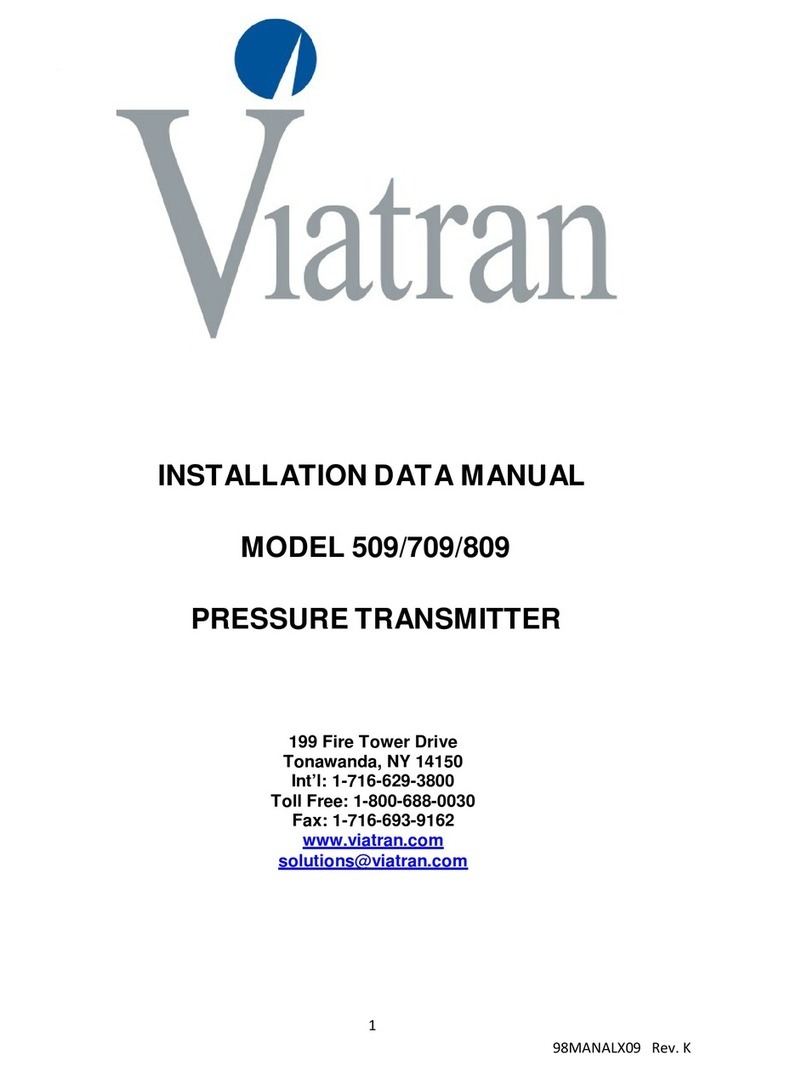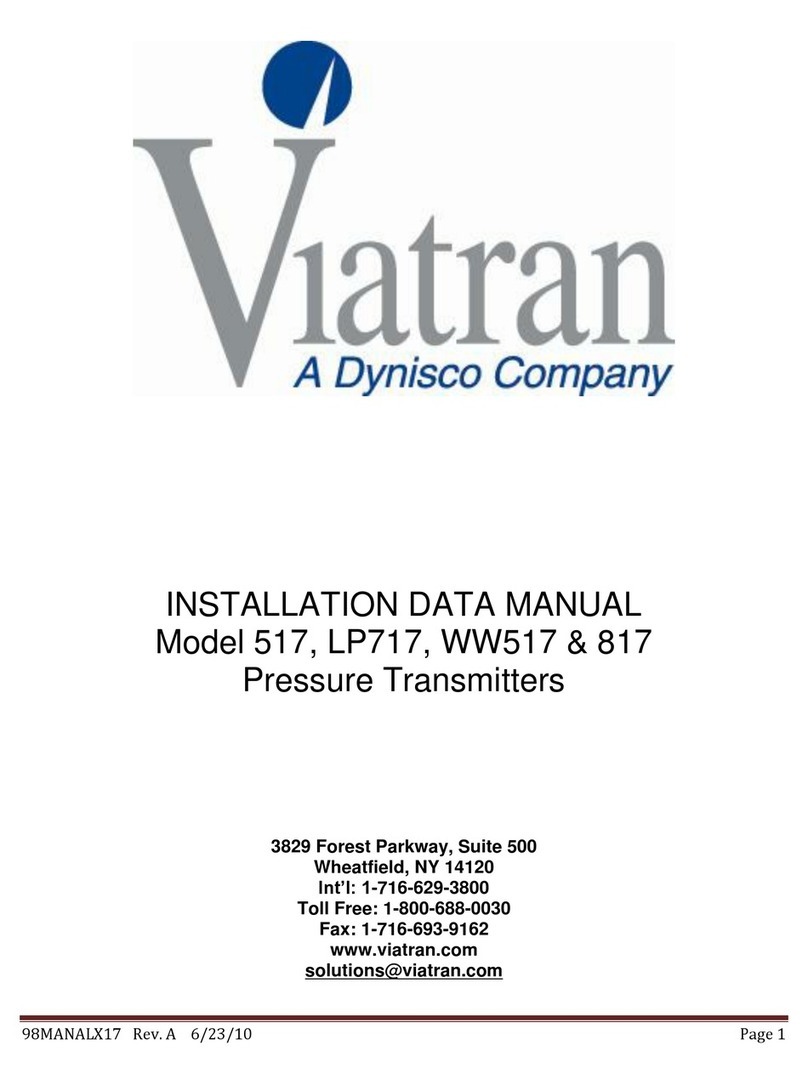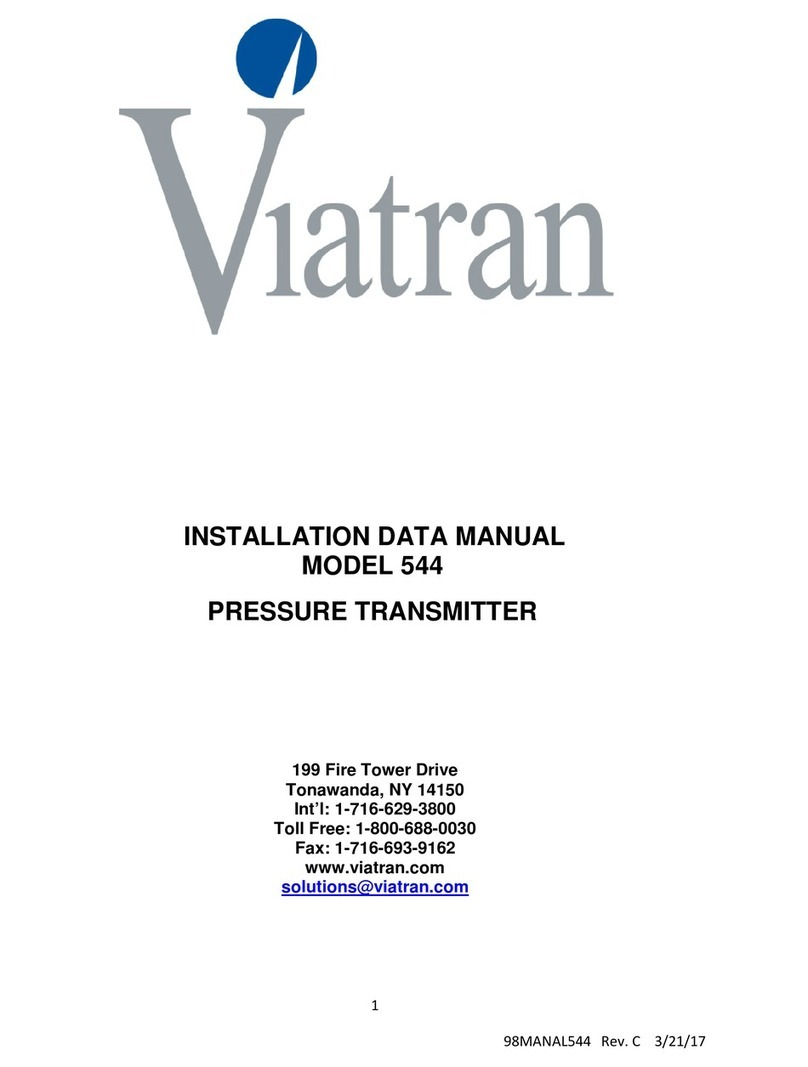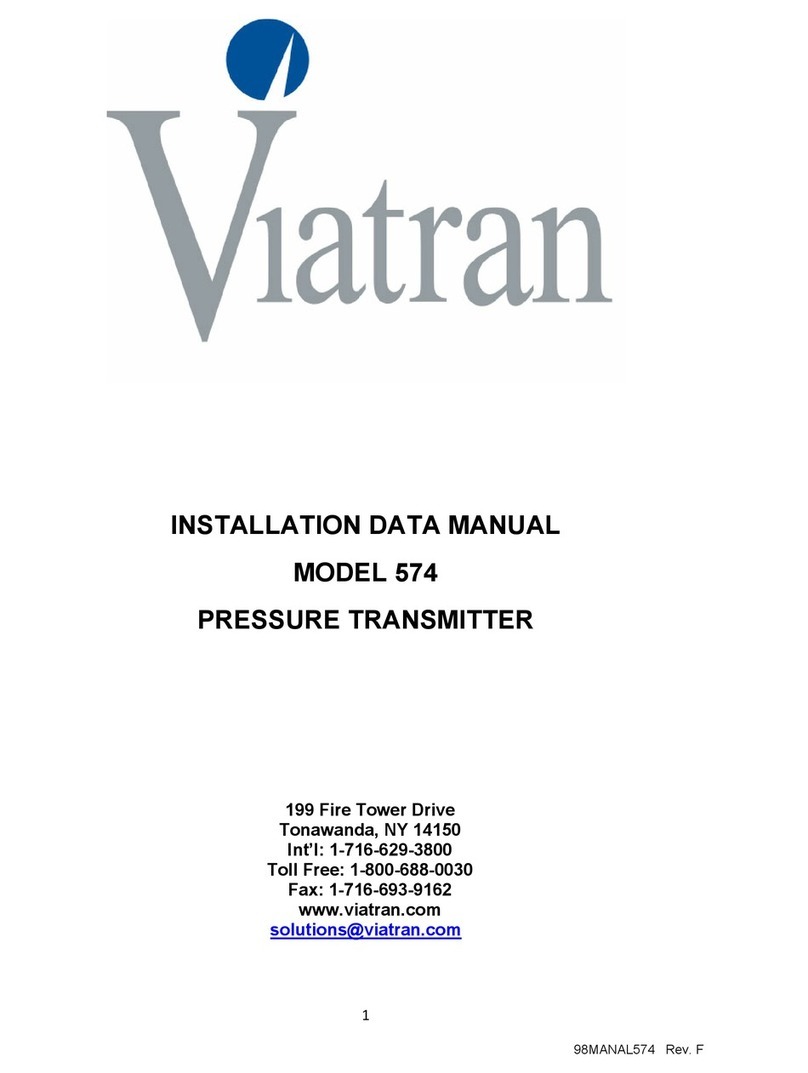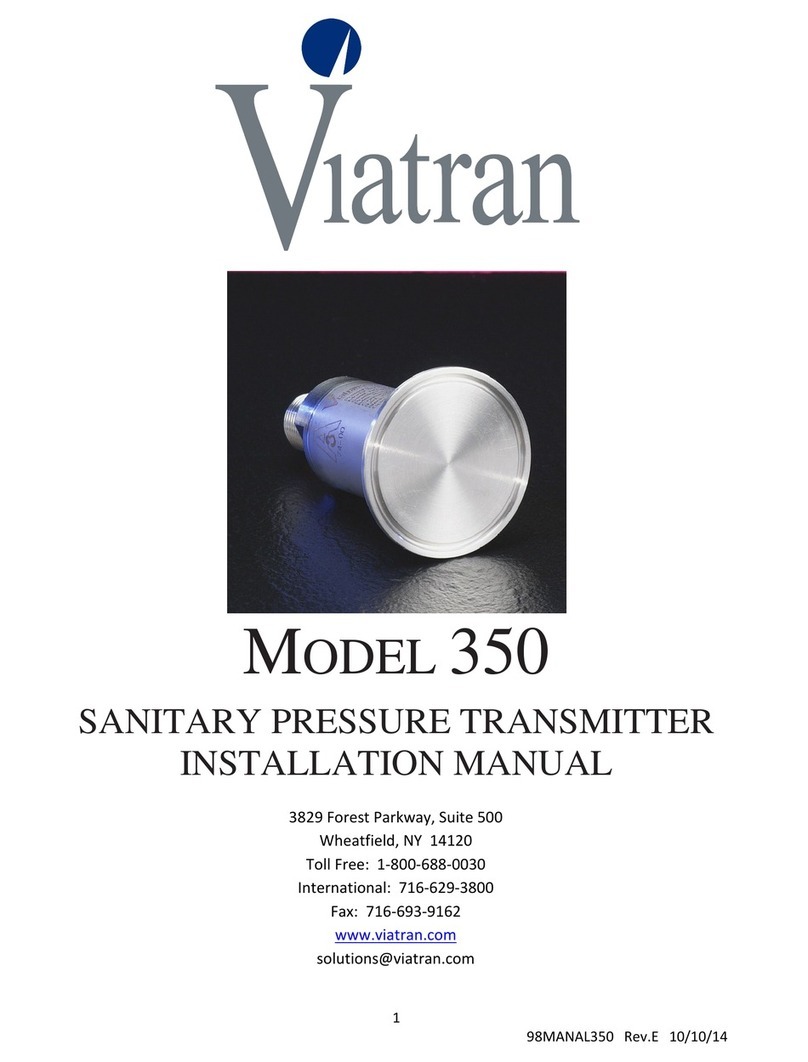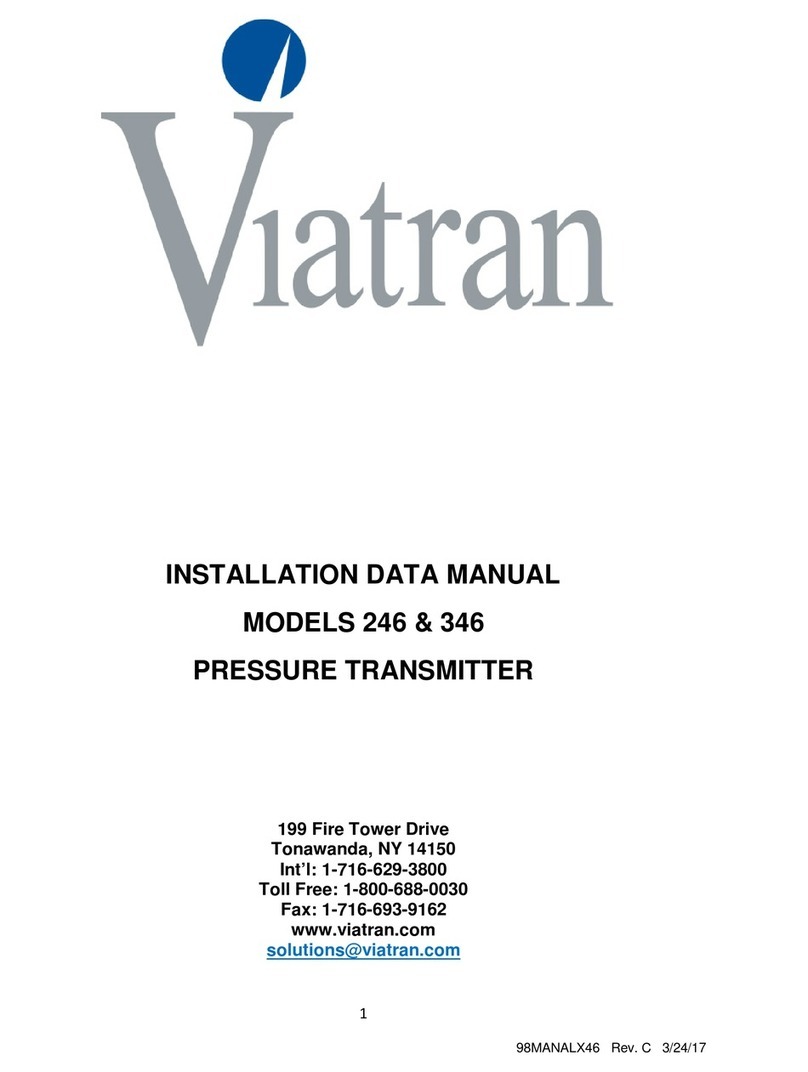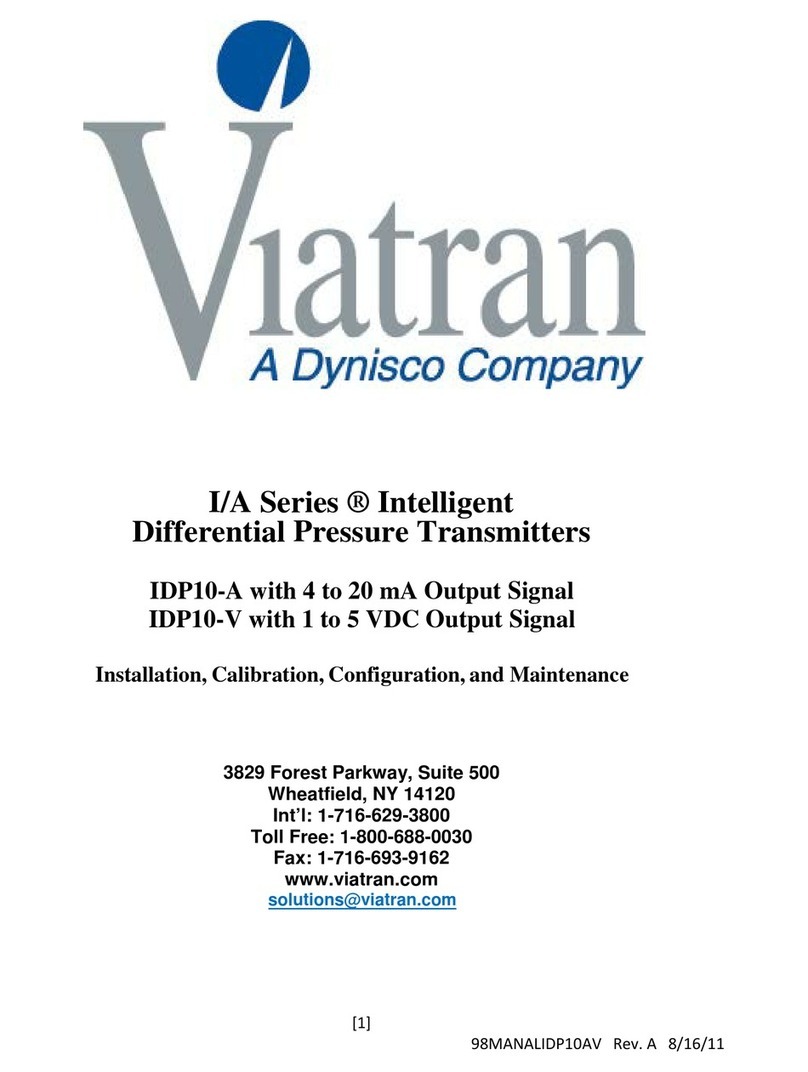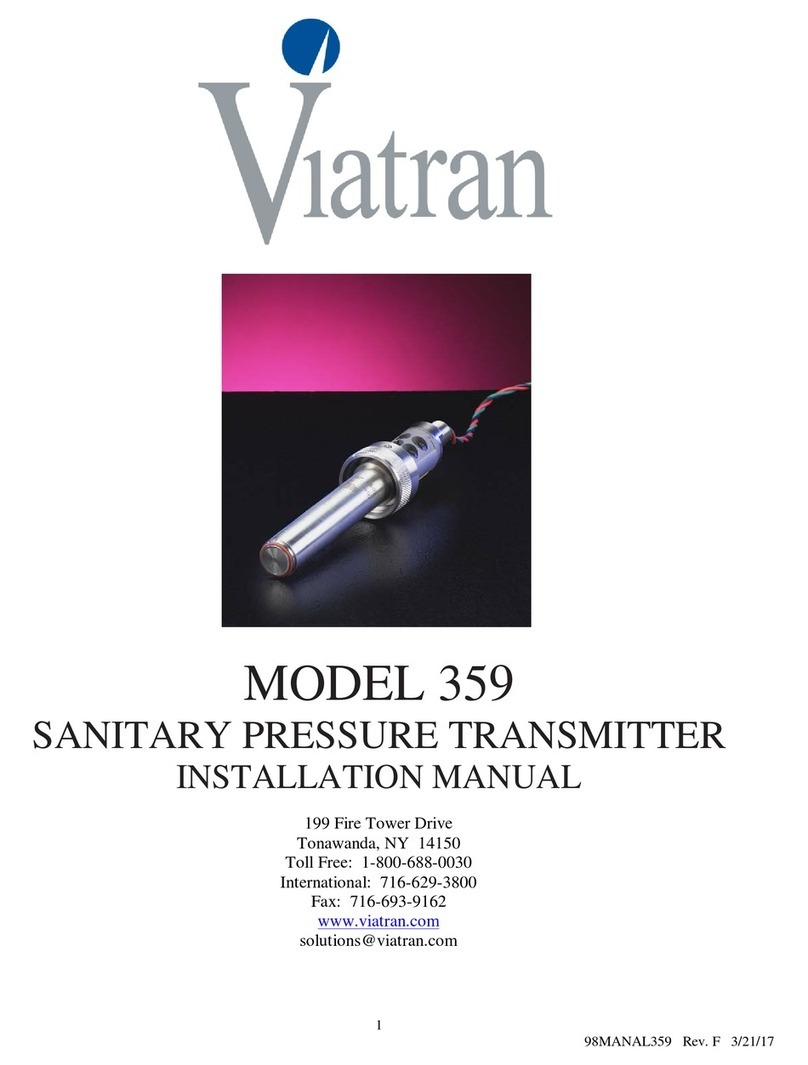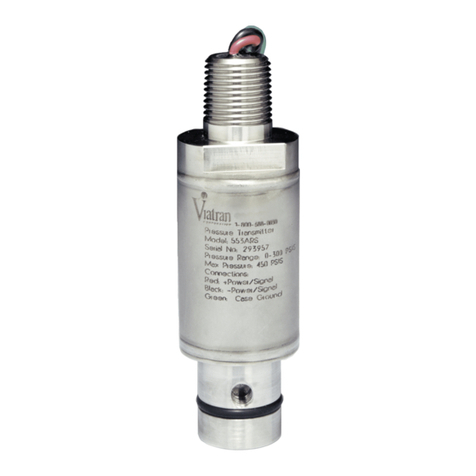
2
98MANAL379RevA
PRODUCT OVERVIEW
All information contained in this document is representative of a standard Model 379. If the
product you ordered has special requirements or modifications, refer to the Laser Marked
information on the product and your purchase order for possible alteration to the product’s
configuration. Failure to verify product configuration before installation may cause permanent
product damage and, in most cases, void the manufacturer’s product warranty. If you are unsure
or have questions about your product, please contact our Application Engineers for assistance.
Remove and retain all instruction manuals and performance certificates that are shipped with the
product. These documents provide important information on the product’s calibration, operation,
safety precautions, recommended maintenance, re-calibration requirements, repair service
instructions and warranty information. These documents are updated from time to time as
changes to the product occur and should be reviewed at receipt so that proper and safe
installation can occur.
GENERAL REQUIREMENTS & CAUTIONS
1. All electrical & pressure connections should be compatible with the model specifications as
outlined below.
2. Installation should occur only after electrical (input power) and line pressure is verified as
being off and at zero.
3. Model 379 is susceptible to sensor damage by being dropped, struck, or installed in a high
vibration environment.
4. Due to the effects of gravity on the oil fill of the sensor, it is recommended that the product be
mounted as shown in this manual. If the product is mounted on its side the effect of gravity
will show as zero shift.
5. The product’s internal electrical circuitry is isolated from case ground. It is not recommended
that the case or ground of the unit be connected to the input, output or calibrate pins of the
product or wiring system. Ground loops and line noise will affect the product’s performance
and will in most cases cause internal electrical failure.
6. All products should be protected from direct or continued exposure to fluids at the electrical
connection. It is recommended that for products installed in areas where the potential for
contamination at the electrical connection is possible a “boot” or other protective measure be
taken to eliminate possible deterioration of the product’s electrical connection and corrosion
that will impede product performance.
7. At no time should an object be inserted into the pressure port or pressed against the sensing
area to deflect the sensor (to test or simulate pressure), as permanent damage to the sensing
diaphragm may occur.
8. Exposure of either Hi or Lo side to vacuum is not recommended. Vacuum application may
cause permanent damage to the sensor.
9. When installing a pressure fitting to either pressure port, only use the 1” Hex on the closest
pressure port, to tighten or loosen the pressure fitting. Using the housing for leverage when
installing or loosening fittings, may damage the transmitter, cause leaks and void the
warranty.
10. When shipped in quantities, units should be packaged individually to eliminate possible
damage.
BASIC OPERATION
The Model 379 is a Silicon differential transmitter. It has been preset at the factory for 4 to 20 mA
output with the Lo side at atmospheric pressure (0 Psig) and Hi side pressurized to full scale
pressure. Once factory set, the product should perform as indicated on the performance
certificate and product labelling.
For normal operation, pressure on the Hi side should always be greater than on the Lo side, with
maximum pressure on Lo side limited to the range of the pressure transmitter
